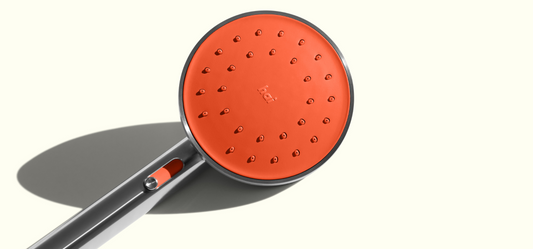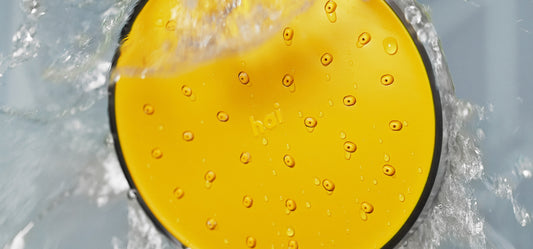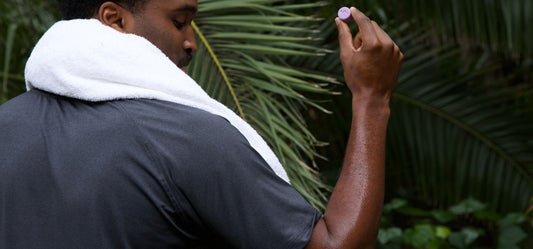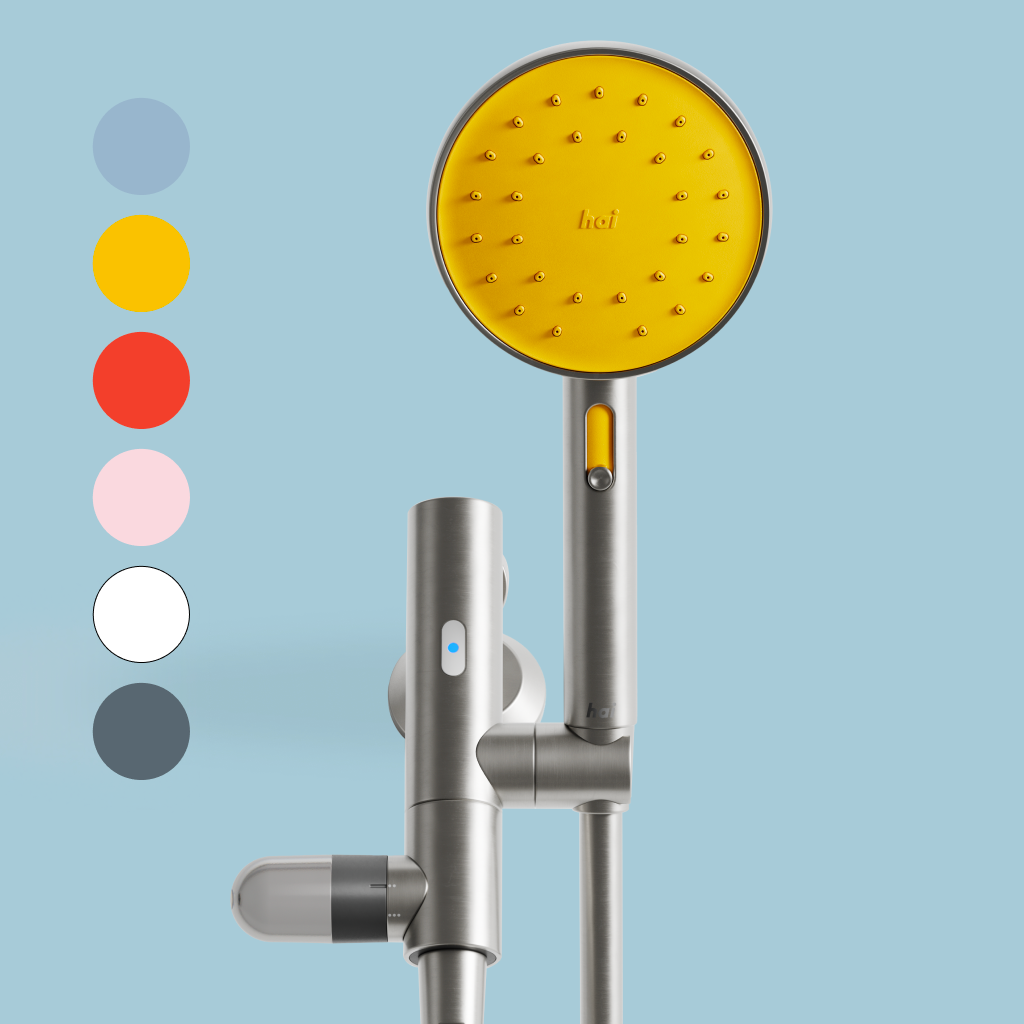How to Clean Your Shower Head
If your once-powerful shower head has started delivering an uninspiring trickle, the solution may be simpler than you think. While changes in water pressure have numerous causes, dirty shower heads are one of the most common causes — and the easiest to fix. Correctly and consistently caring for your shower head can help restore it to its former glory.
Though most shower heads can withstand the wear and tear of daily use, many accumulate residue and mineral deposits that can block the water flow, leading to poor performance. Clogged spouts and nozzles can also cause bacteria to accumulate in the damp environment inside your shower head, making regular upkeep and cleaning even more critical.
Read on to learn how to clean your shower head the right way — and improve its longevity, power, and performance.


Weekly: Wipe down your fixtures
Regular cleaning is one of the best ways to keep your shower head running smoothly. Once a week, give it a quick wipe-down with a mixture of equal parts white vinegar and water. Doing so will prevent hard water deposits from building up and clinging over time. You can add this task to your chore list when cleaning the rest of your bathroom so that you never forget.
Many modern shower heads, like the models from hai, are made with materials engineered to resist buildup and make clean-up a breeze. hai shower heads have rubberized nozzles that easily release limescale and mineral deposits with a little flick. Doing this every few showers will help you get consistent water pressure and flow day after day.
If you use a hand shower, you'll also want to wipe down the hose regularly. The crevices in many shower head hoses can be breeding grounds for mold and bacteria. Want to avoid this (kind of gross) issue altogether? hai showerheads come with a unique grooveless hose made from mold-resistant PVC.
Monthly: deep clean your shower head
If you've never cleaned the shower head, you're not alone. But the tool we use to wash our bodies also needs regular cleaning! Ideally, you'll want to do a deep cleanse every month — or more frequently if you live somewhere with particularly hard water. Routine deep cleaning will help prevent mold growth or reduced water flow from mineral buildup.
What you'll need:
-
Distilled white vinegar
-
Large bowl or bucket
-
Large, heavy-duty food storage bag
-
Rubberband
-
Microfiber cloth
-
Toothpicks
-
Cotton swabs
-
Wrench
-
Needle-nose pliers
-
Plumber's tape

How to clean your showerhead
Before you get started, determine whether your shower head is easily detachable. If it is, you can use your hands or a wrench to remove it from the shower arm, then follow "The bowl soak method" below. If your shower head doesn't disconnect, skip to "The bag soak method."
The bowl soak method
-
Once you've removed your shower head from the shower arm, give it a quick wipe with a cloth or your hand to eliminate any loose debris.
-
Find the shower screen, also known as a flow restrictor, and examine it for buildup. You'll find the shower screen at the top of your shower head, where water enters the fixture. Use needle-nose pliers to remove the screen gently if you spot any large deposits. Give it a rinse, then use a toothpick to dislodge any stubborn gunk left behind. Just be careful not to widen any holes in the screen, which will let bits of debris flow through in the future.
-
Place your shower head in a large bowl. Fill the bowl with equal parts vinegar and water until your shower head is completely submerged. Let your shower head soak for several hours. Time will vary, but your target is to soak long enough that you can remove any remaining mineral deposits with a gentle wipe of your hands or a cloth.
-
Once your shower head is sufficiently soaked, give it a thorough rinse. You may still spot some salty-looking mineral stains. That's OK. They should come off in the next step.
-
Use a microfiber cloth to wipe away any remaining stains. Use a toothpick and cotton swabs to clean around the shower nozzles.
-
Dry off your shower head completely to prevent water spots.
-
If you removed the shower screen, put it back in place.
-
Reattach your shower head to the shower arm. Be sure to remove and replace any old plumber's tape before reinstalling to avoid leaks.
-
Turn your shower on full blast for a minute to clear any remaining particles.

The bag soak method
-
Partially fill a bag with equal parts vinegar and water.
-
Place the bag over your shower head so that your shower head is completely submerged.
-
Use a rubber band to fix the bag to your shower head. Make sure the bag is super secure. We suggest keeping your shower curtain closed while you soak so that spills are limited to your shower if the bag slips.
-
Allow your shower head to soak for several hours. As we mentioned above, time will vary depending on how dirty your shower head is.
-
After your soak, remove the bag. Let your shower run for several minutes to clear any remaining debris.
-
Follow the steps in the section above to remove any remaining stains or blockages.
Your hai showerhead cleaning checklist
Regularly wipe down your hai showerhead to avoid build-up and improve long-term performance.
Deep clean your shower head if you notice a change in water flow. Mineral deposits only get worse over time.
Stay away from harsh chemicals or abrasive tools to clean your shower head since they can scratch or damage its surface.
Run a fan during and after your showers to reduce mold and mildew growth in your bathroom.
Once you've done the hard work of caring for your shower head, enjoy a spa-like shower as a reward.













